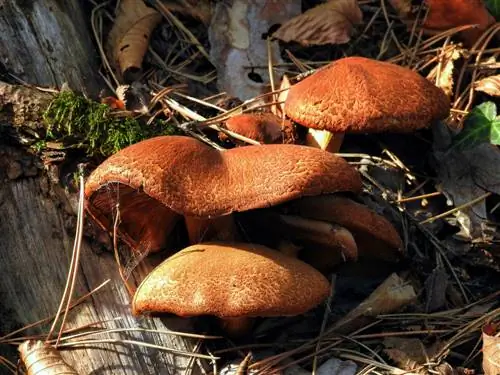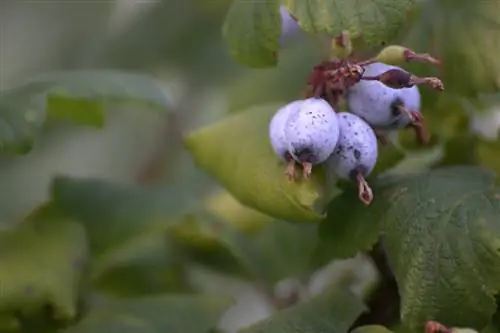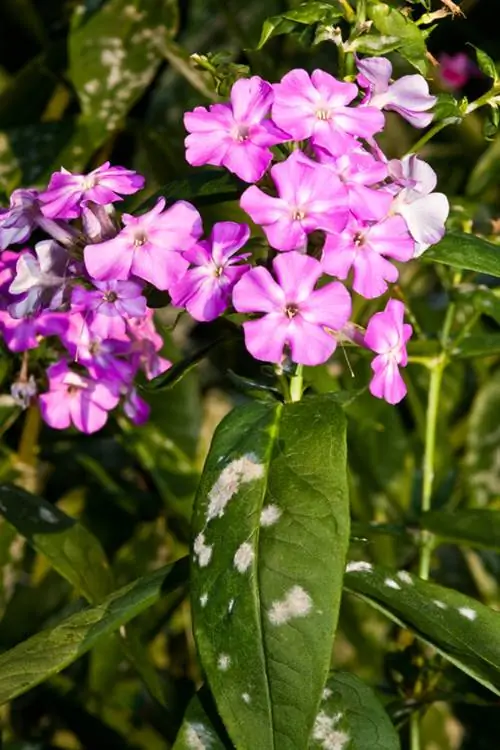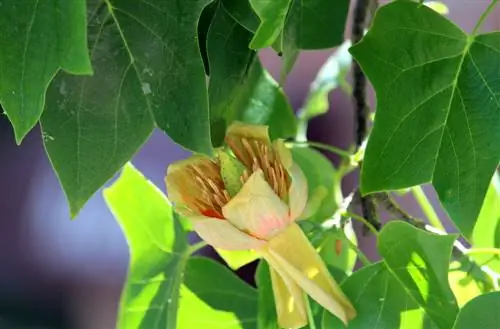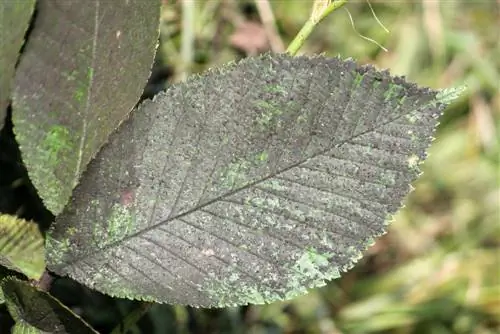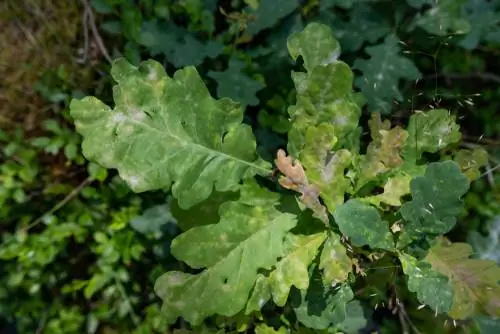- Author admin [email protected].
- Public 2023-12-16 16:46.
- Last modified 2025-01-23 11:22.
No one can be sure that their magnificently growing Nordmann fir will not one day suffer from illness. As with us humans, healing in this conifer can only be promoted after the correct diagnosis. That's why looking closely is essential.
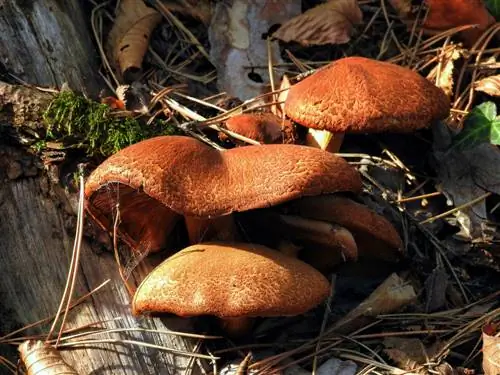
What diseases can affect Nordmann firs and how can they be prevented?
Nordmann firs can suffer from fungal diseases such as honey fungus or be affected by fir rust. Drought, nutrient deficiencies or pests can cause discoloration and needle loss. Prevention is possible through suitable location selection, care and removal of intermediate host plants.
Discolored needles and needle loss
If a once lush green fir tree changes the color of its needles or even loses its needles, everyone will immediately suspect disease. But care errors and unfavorable living conditions are more likely to be responsible. For example:
- Drought in summer
- dryness in winter
- Nutrient Deficiency
- compacted soil
Pests can also cause different discolorations on the needles. Do your research so you can take appropriate steps.
Fungal diseases on the Nordmann fir
No mushrooms are specialized on this type of fir tree. But the honey mushroom is not picky and also spreads on the Nordmann fir. By the time we see its fruiting bodies, it is already too late because the fungus has already been working in secret for a long time. The fir tree must be cleared and removed from the garden so that this fungus does not spread to other trees.
Hallimasch usually attacks weakened trees. This is an opportunity to protect a fir tree from infestation. Only plant young fir trees in suitable locations and give them the care they need.
Tip
The honey mushroom, which is so dangerous for trees, is an edible mushroom that also tastes good. However, it can only be enjoyed warmed as it is poisonous raw.
Fir rust
Fir rust rarely endangers an otherwise he althy, full-grown Nordmann fir; the young trees are more likely to suffer. A visible feature of this disease, even if only at second glance, are the white, pin-shaped spore beds on the underside of the needles. When ripe they turn yellow to orange.
The pathogen needs an intermediate host to overwinter, usually a fireweed or a fuchsia. If the intermediate host is tracked down and removed from the garden, new infections will no longer occur. This approach is more environmentally friendly than using a fungicide, especially since the disease would have to be combated every year. In the long run, the poison is not only harmful, but also expensive.

